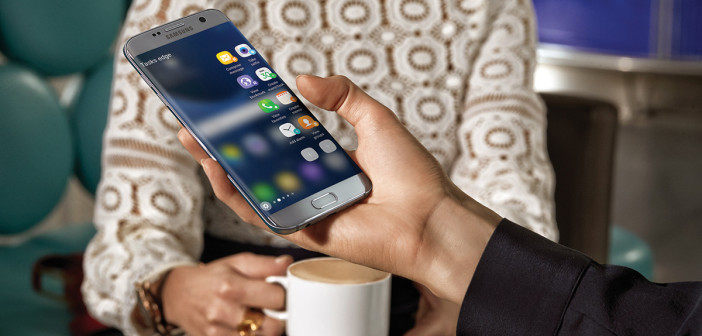By Jonathan Duffy, EMEA managing director, Netclearance
According to the Internet Advertising Bureau (IAB) UK mobile advertising now accounts for over a quarter of all display advertising and is rising 51% year on year. In further research from IAB UK, two thirds of marketers surveyed said that the most exciting mobile opportunity is location based advertising.
But why is location based advertising so exciting? There are two primary reasons: the first is the potential to influence customer’s purchasing behaviour with, for instance, targeted offers; and the second is the ability to collect customer data, especially useful for brands such as those in fast moving consumer goods which often don’t collect their own customer insight data.
Delivering the right message
In advertising there has often been talk of finding the Holy Grail of advertising; to be able to reach the right person, at the right time in the right place with the right message. Beacon technology and proximity marketing means we can get closer to this ultimate combination.
This is because we can gain key metrics about our potential customers. With information such as shopping history – both online and offline – as well as location data translated into movements around store, we can run the analytics to find the customer insight to deliver the best message.
In order to obtain the best quality of information we need a proximity-enabled smartphone app, either a retailer’s own inhouse app or a third party app that is aware of the retailer’s beacons. Once a customer has logged in and with their permission, we have a huge amount of data at our fingertips and can obtain immediate feedback on the outcome of a proximity marketing offer.
However, even without an app we can still gain valuable information on shopper behaviour by using beacons to monitor smartphone signals as the smartphones continuously ping for available Wi-Fi connections. These signals can be used to measure dwell time around various areas of the store, assisting store layout design and the positioning of in-store advertising.
By using proximity advertising, beacon location and whitelabelled smartphone apps brands, those who have previously relied on supermarkets to deliver sales data, especially those in fast moving consumer goods, can now begin to collect their own data about their customers.
This proves invaluable to aid marketing innovations and enable brands to build an in-depth knowledge of their customers such as finding out their frequency of purchasing or other products in their shopping basket. If they offer coupons or competitions, the brands can find out if customers use the coupons or take part in the competitions, data that is currently, for the large part, lacking.
The future is mobile
A survey by Ofcom last year found that 33% of internet users see their smartphone as the most important device for going online, overtaking laptops for the first time. The future is mobile, and retailers are being forced to respond.
Many retailers are already exploring beacon-based smartphone proximity marketing technology in order to complement their existing digital efforts and in-store offers. With coupons and codes being sent out through retailers’ apps and push notifications highlighting products on sale at a particular location inside the store, this will create the most successful environment for an impulse purchase.
There is the additional potential to use beacon technology throughout a customer’s time in store from the point they walk in through to the point of purchase. In Scandinavia, the MobilePay app utilises 30,000 Netclearance beacons rolled out in thousands of stores across the region to offer customers an alternative way of paying for their goods or services. Already employed in companies such as McDonalds and Starbucks, as well as convenience stores, the MobilePay mobile wallet completed 90 million transactions last year. By offering payments too, beacon technology completes the circle between marketing and sales.
With the combination of mobile technology in the hands of customers and beacons located in store, we are now able to blur the lines between online and offline. A customer’s complete purchase journey can begin with clicking on an internet display advert which sends them to a retailer’s website, while the subsequent website activity such as page views and clicks can be analysed and translated into targeted proximity product offers when the potential customer walks in through the door. The journey can be completed with the purchase at the point of sale terminal.
This omnichannel approach is going to play a large part in the future of shopping and this smart combination of beacon and mobile technology is perfectly poised to help create this future.
Netclearance Systems is a provider of cloud-based in-venue mobile proximity marketing, engagement and analytics solutions, and offers wireless proximity beacon technology and software.





